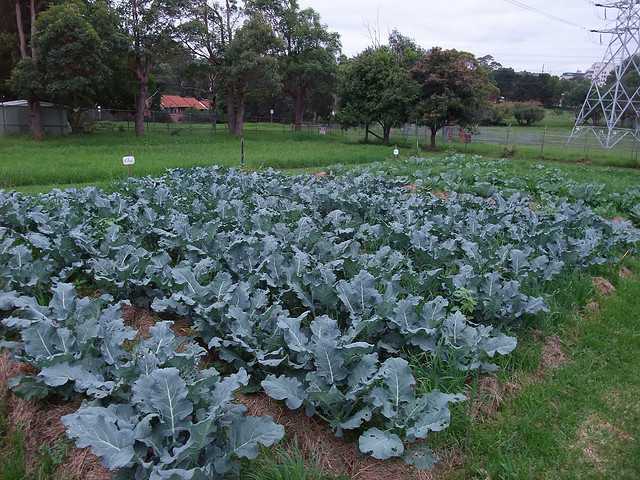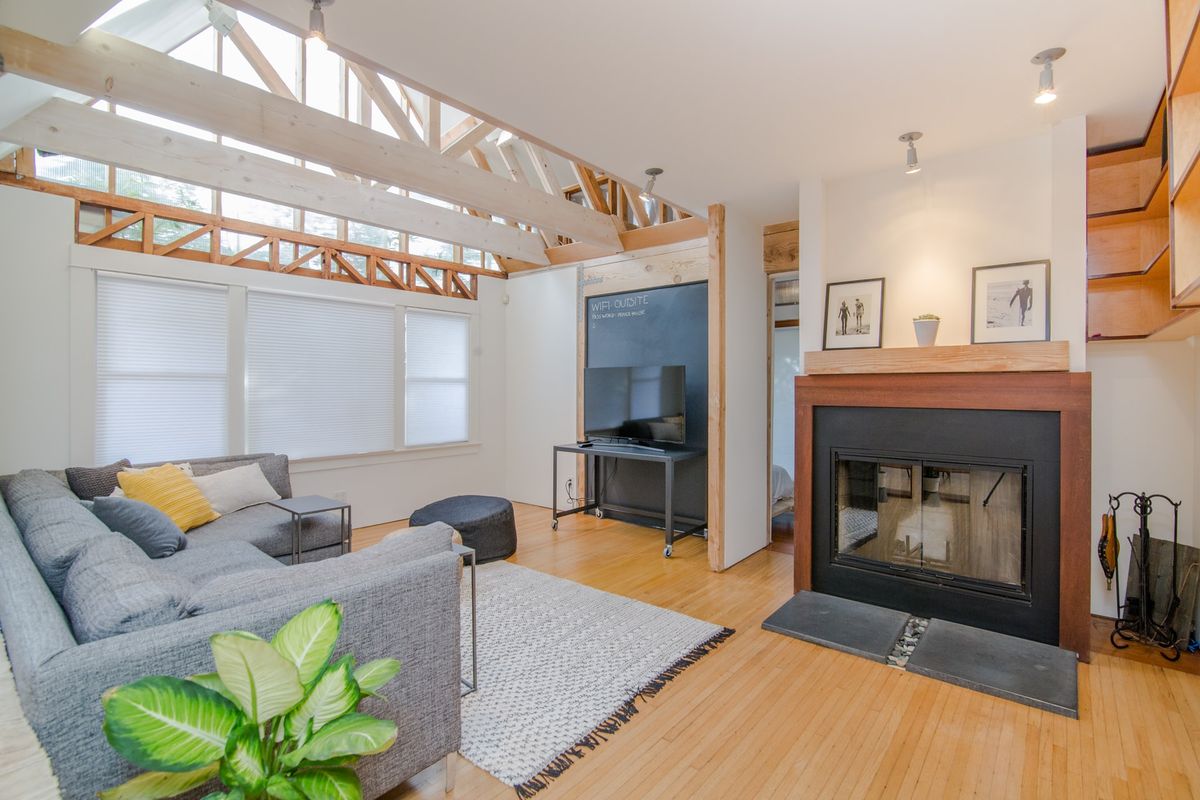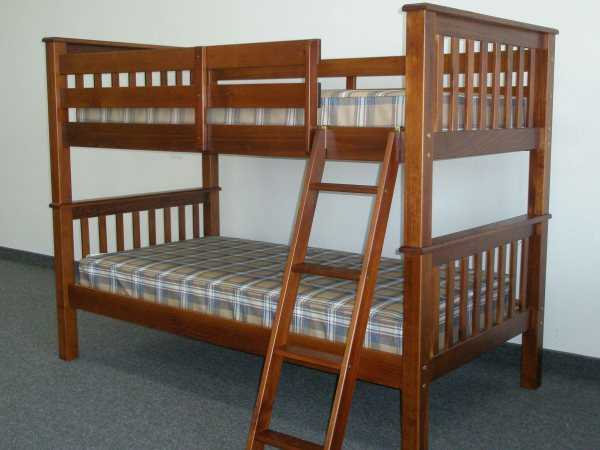
Broccoli is a cool-season crop which can be grown in the fall or spring. If you time planting correctly, you may be even able to get a continual harvest throughout both seasons. Broccoli is a member of the cabbage family and is rich in vitamins. If you have a vegetable garden, you probably do not want to exclude a vegetable such as broccoli. Growing broccoli is not that hard and in this article we will take a look at how to grow broccoli in your own garden.
When to plant
Start seeds indoors 6 weeks before your last spring frost, for a summer harvest, and set out hardened-off seedlings when they are about 4 weeks old. If you want, you can also seed broccoli directly into a nursery bed and later transplant the seedlings to the garden. You should do it 3 weeks before your last frost. Start seeds indoors twelve to fourteen weeks before your first fall frost, for a fall harvest, and set the seedlings out when they are 4 to 6 weeks old. You can also seed broccoli directly into a nursery bed and transplant the seedlings to your garden. This should be done 8 weeks before your first fall frost.
How to plant
Since broccoli is a heavy feeder, plants take up nutrients best when the soil pH is 6 or 7. Before planting, choose a fertile, well-drained soil which is sunny. First, loosen the planting bed and then mix in up to one inch of mature compost. Also mix in a high-nitrogen organic fertilizer if your soil is not very fertile. Make sure to water the bed thoroughly before you set out seedlings. The space between plants should be 18 to 20 inches. However, dwarf varieties can be planted twelve inches apart from each other.
Harvest and store
You should harvest broccoli heads when the beads in most of the crown are still tight and when the florets around the edges of the head start to show slight loosening. Cut the stems at an angle. By doing so, you’ll keep water from pooling inside the cut steam, which causes rot. The cut heads should be refrigerated immediately. Steam-blanch broccoli before freezing it to get top home-preserved quality. Most varieties produce secondary heads, and for that reason you should continue to water the plants after harvest.
Keep an eye on broccoli raab, and harvest when the first flowers show their yellow petals. Broccoli raab and sprouting broccoli are also cut-and-come-again crops which produce a second flush of buds. Average yields are about one pound of broccoli pet foot of row when plants are spaced eighteen inches apart. 3 to 4 plants per person is enough for summer eating. However, if you want a freezer crop for winter, you should triple that number.
Save seeds
Before they flower heavily, most varieties of broccoli must be exposed to winter chilling. However, plants die if exposed to single-digit temperatures. For this reason, most seeds are produced in areas with mild winters. It is wise to isolate plants to keep broccoli from crossing with kale, cabbage, and other close cousins. You should harvest seeds when the slender pods dry to tan and the seeds inside are black or dark brown.
Choose the biggest, most perfect seeds for planting. When stored in dry, cool, dark conditions, broccoli seeds will keep for five years. It is recommended that you test seeds which are more than 3 years old before relying on them for a main crop. All you have to do is put a few in a wet paper towel for 5 days to confirm they’ll sprout.



